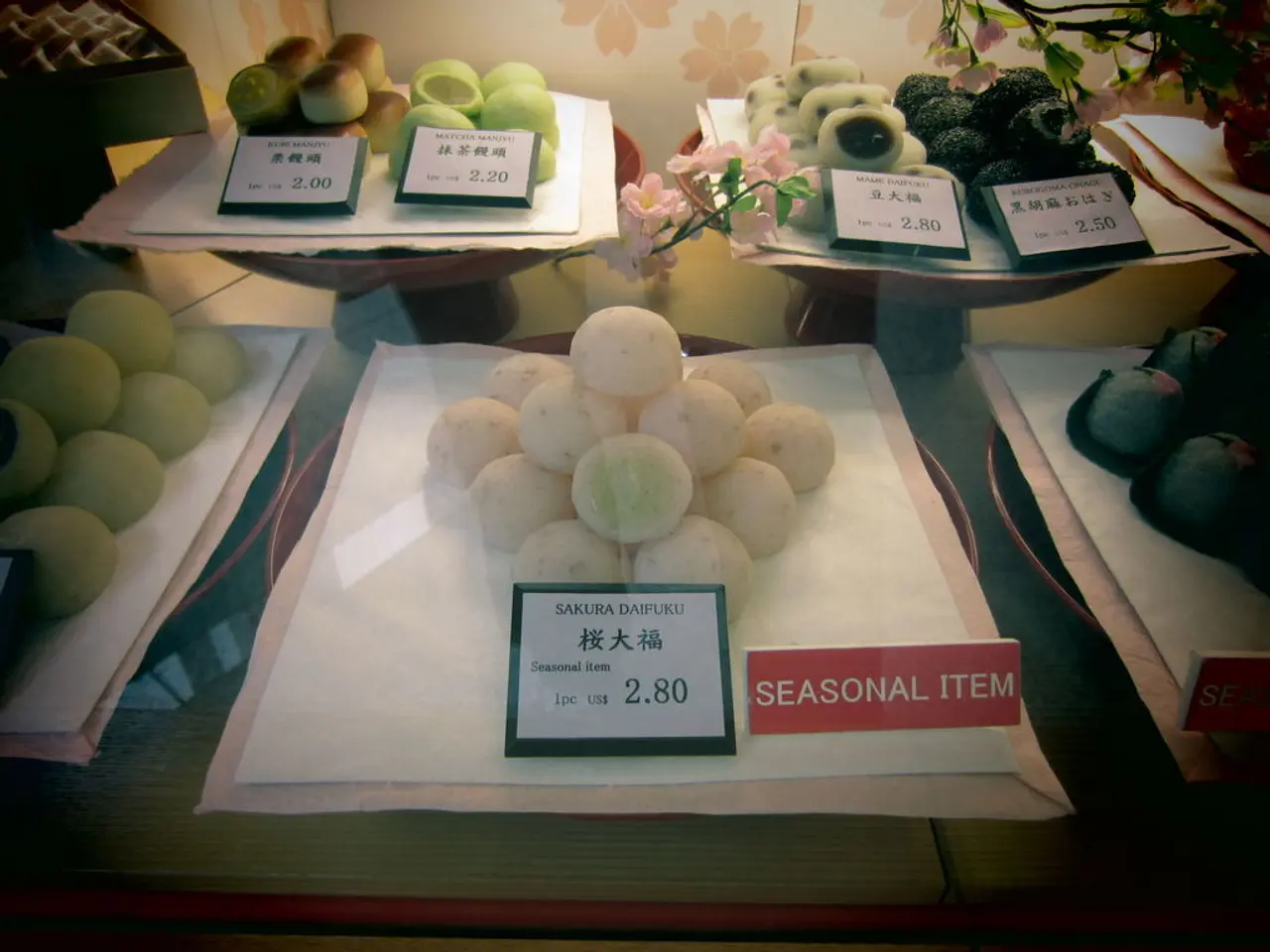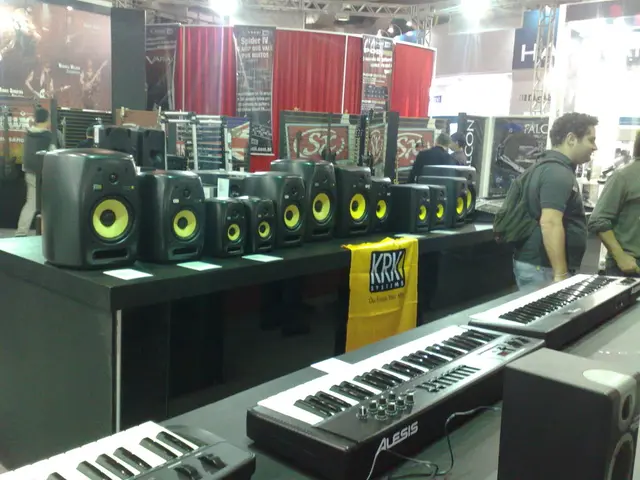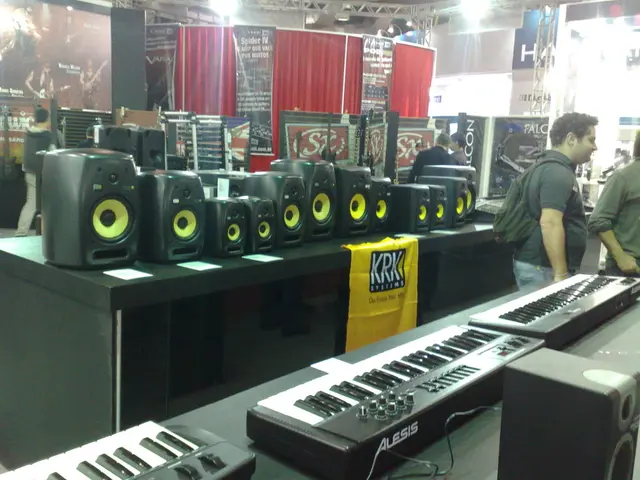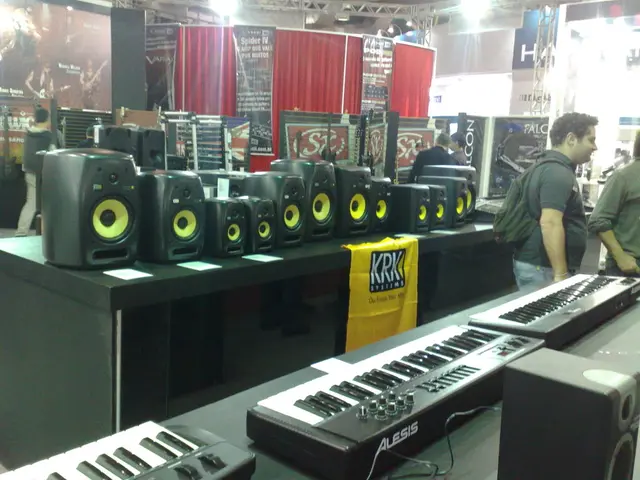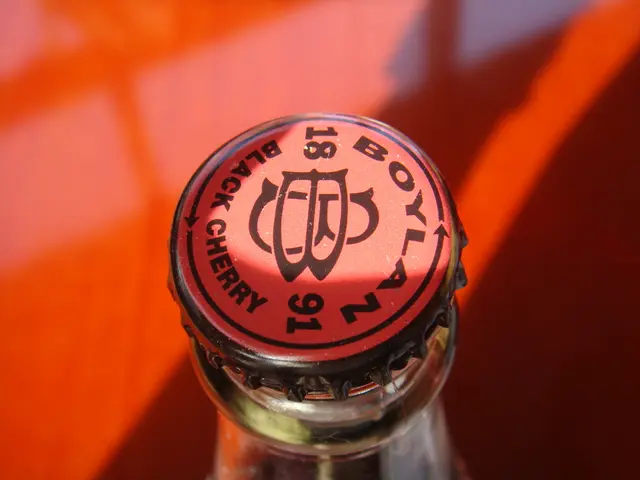Guiding You through the Cost of Lids: A Detailed Analysis of Prices in Various Industries
Understanding the Factors that Influence the Price of Lids Across Industries
Lid prices vary significantly across industries, influenced by a multitude of factors. Here's a breakdown of the key elements that determine the cost of lids.
Material Costs
The type of material used plays a significant role in determining the price of lids. For instance, polymer feedstock prices, such as PET, polyester, and PTFE, are closely tied to volatile crude oil prices and chemical supply chain disruptions. Sustainable materials like recycled PET and plant-based polymers tend to cost more due to processing complexity.
Sustainability and Regulations
Increasing demand for biodegradable, compostable, and recyclable lids, driven by consumer preference and government regulations, raises R&D and production costs, impacting lid pricing across sectors aiming to reduce their environmental impact.
Manufacturing and Production Costs
These costs include labor, energy, equipment, forming fabrics, and additives. Production intricacies tied to customization or advanced functionality also raise prices.
Customization and Functionality
Brands often pay premiums for lids with enhanced sealing, unique designs, tamper-evident features, or new technologies, increasing unit price.
Market Demand and Segmentation
Pricing reflects demand elasticity; high demand allows higher prices, and segmentation enables charging varied prices for premium or basic lid types depending on customer willingness to pay and industry vertical.
Economic Factors
Fluctuations in exchange rates, energy costs, inflation, and overall economic environment impact raw material and operational costs, influencing final prices.
Distribution Channels
Direct sales versus intermediaries can affect pricing flexibility due to differing cost structures and required margins.
Regional Variations
Developed markets often emphasize sustainability and premium features, raising prices, while emerging markets may prioritize cost and availability, affecting material and final lid cost structures.
Paper and Cardboard Lids
Paper and cardboard lids are gaining popularity as sustainable alternatives. Their cost depends on the type of paper used, the coating applied, and any printing or embossing.
Plastic Lids
Plastic lids are commonly used due to their versatility and affordability. PP is known for its heat resistance, PE for its flexibility, and PS for its rigidity. The price of plastic lids is affected by the fluctuating cost of crude oil and the use of recycled content.
Custom-Printed Lids
The cost of custom-printed lids is heavily influenced by the complexity of the design, printing method, ink type, and special finishes.
Chemical Industry Lids
In the chemical industry, lids must be resistant to corrosive chemicals and compatible with stored materials.
Size and Complexity
The size and complexity of a lid directly impact the price due to the amount of material required and the manufacturing time involved.
Drum Lids
Drum lids, made from steel or plastic, provide secure and leak-proof closures for chemical drums. Prices depend on material, size, and sealing mechanism.
Metal Lids
Metal lids, mainly made from aluminum or steel, are used for secure and durable closures. Aluminum lids are lightweight and corrosion-resistant, while steel lids offer greater strength. The cost of metal lids is tied to the market price of the respective metals.
In summary, lid prices are influenced by raw material price volatility (especially petrochemical-based polymers), sustainability trends, manufacturing complexities, functional enhancements, market demand dynamics, economic conditions, and regional demand profiles, with each factor varying by lid type and industry application from food and beverage to industrial uses. Careful consideration of these factors is essential when selecting lids to ensure the best balance of cost, performance, and sustainability.
- In the industry of manufacturing, the type of material used for lids significantly affects their price, as polymer feedstock prices like PET, polyester, and PTFE are linked to crude oil prices and chemical supply chain disruptions.
- Regulations and consumer preference demanding biodegradable, compostable, and recyclable lids drive up the research and development, and production costs across various sectors.
- The costs of labor, energy, equipment, forming fabrics, and additives are included in manufacturing and production costs that ultimately impact the price of lids.
- Brands often pay more for lids with enhanced sealing, unique designs, tamper-evident features, or new technologies, leading to higher unit prices.
- Pricing reflects demand elasticity, allowing higher prices in sectors with high demand, and enabling varied prices for premium or basic lid types based on customer willingness to pay.
- Fluctuations in exchange rates, energy costs, inflation, and economic conditions affect raw material and operational costs, thus influencing the final prices of lids.
- Direct sales verses intermediaries can affect pricing flexibility due to difference in cost structures and required margins.
- In developed regions, lids often emphasize sustainability and premium features, raising their prices, while emerging markets may prioritize cost and availability.
- Paper and cardboard lids, a popular sustainable alternative, cost depending on the type of paper used, coating applied, and printing or embossing.
- Plastic lids are versatile and affordable, with the price affected by the fluctuating cost of crude oil and the use of recycled content.
- The cost of custom-printed lids is determined by the complexity of the design, printing method, ink type, and special finishes.
- In the chemical industry, lids must be resistant to corrosive chemicals and compatible with stored materials.
- Size and complexity of a lid directly affect the price due to the required amount of material and manufacturing time.
- Drum lids, made from steel or plastic, provide secure and leak-proof closures for chemical drums, with the prices depending on the material used, size, and sealing mechanism.
- Metal lids, primarily made from aluminum or steel, are used for secure and durable closures, with aluminum offering light weight and corrosion-resistance, and steel providing greater strength.
- Smith also faces steep prices for lids in the retail industry, impacting both consumer goods and the food-and-drink sector in general.
- French fashion brands targeting lifestyle and fashion-and-beauty trends demand lids that showcase unique designs, increasing the unit price for exclusive products.
- Technology innovation in cooking gadgets may lead to high-end lids designed for specific functions, raising the overall costs for consumers who seek the latest technology.
- Smart phones manufacturers may opt for specialized lids that provide effective heat dissipation, leading to increased prices compared to standard lid options.
- In the sector of education-and-self-development and personal-growth, lids used for water bottles must be BPA-free and durable, which can contribute to slightly higher prices.
- Career-development and professional meetups often involve catered food, requiring lids for cups and plates, adding to the food-and-beverage industry's overall lid consumption.
- Casino-and-gambling establishments may choose customized, tamper-evident lids for their premium drinks to enhance guests' enjoyable experience, hence the increase lid prices.
- Casinos offer various casino-games, including poker, which might require casual drink-serving lids but an exclusive and customized lids for high-stakes games.
- Understanding the price factors for lids is essential for a general-news reporter following the food-and-beverage industry, ensuring accurate and informative articles on popular trends and price fluctuations.
